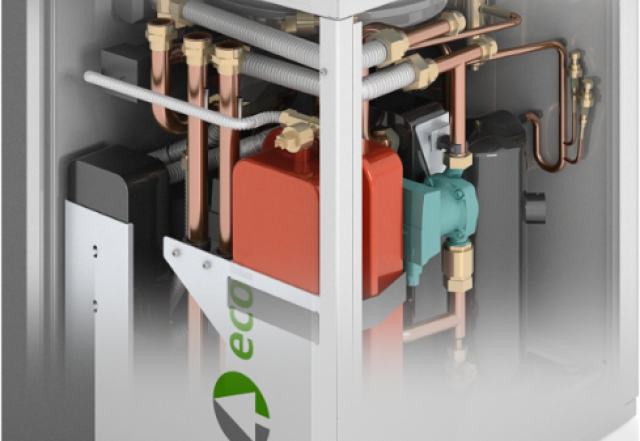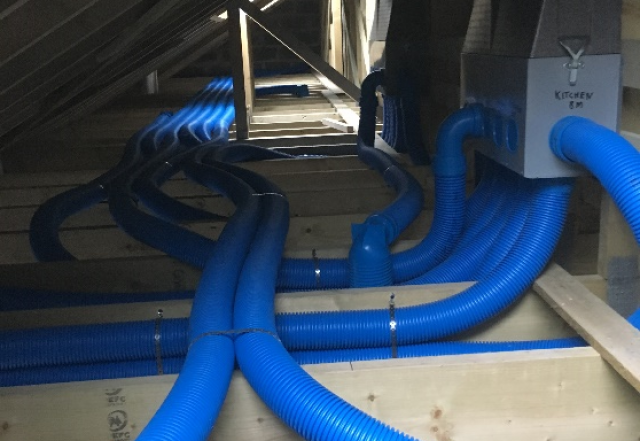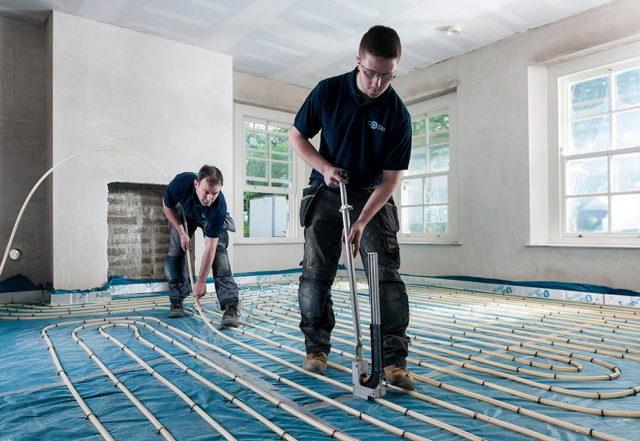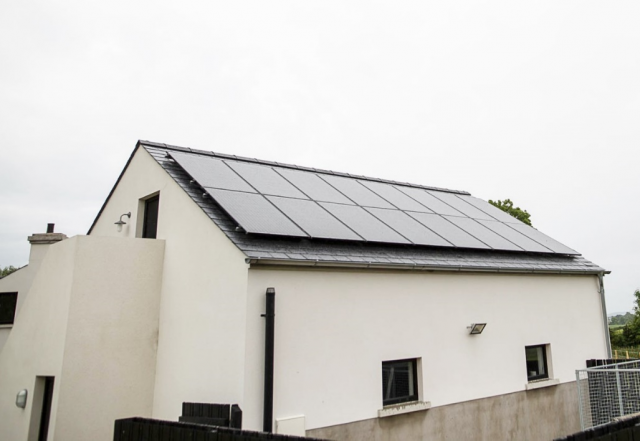Five Technologies to create low energy homes
This week, 2020 Architects ask the experts Daly Renewables to outline the 5 best technologies and techniques essential in creating low energy homes and therefore reducing running costs.
Lisburn-based Daly Renewables are paving the way in terms of renewable energy systems throughout Ireland – with operations extended to Scotland.
Founder and Director Ryan Daly gives 2020 his top 5 renewable energy techniques – with some available at construction stage and others which can be integrated into your home at any time.

Mechanical Heat Recovery Ventilation reduces heat loss as it avoids the need to open windows or install noisy extractor fans. The system works by extracting warm, moist air from bathrooms, shower rooms and kitchens via a system of ducting which passes through the heat exchanger (usually in the loft space) before being expelled outside. Fresh incoming air is preheated via the exchanger and ducted inside into the habitable rooms such as bedrooms and living rooms.

Underfloor heating is a radiant form of heating which helps to create a consistent, ambient heat. As the heat is coming from the floor below, there is no hot or cold spots. Typically underfloor heating will operate at a maximum flow temperature of 35oC, compared to 80oC with radiators. Zoning and digital thermostat connectors are important, enabling separate heating controls in the bedroom areas to allow a lower temperature setting in the bedrooms.
Solar PV or solar electric panels work by capturing the sun’s energy using photovoltaic cells. The cells convert sunlight into electricity, which can be used to run household appliances and lighting. The panels come in black or blue with a silver frame to suit the roof type and are normally placed south facing to maximise sunlight. A typical 4kw domestic system will generate approximately 3300kwh per annum in Northern Ireland and 2950kwh per annum in central Scotland.
Airtightness involving the eradication of natural leaks and draughts in a home is one of the most critical components in achieving a low energy and efficient home. The aim should be to ‘build right – ventilate right.’ Buildings that are built ‘airtight’ will require some form of mechanical ventilation, enabling a house to perform to its maximum efficiency.

For more information visit Daly Renewables or email info@dalyrenewables.com










